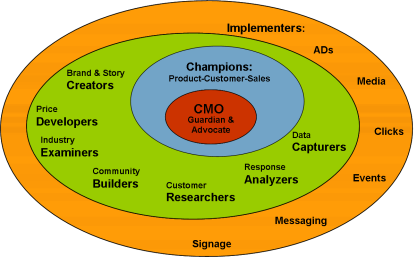That’s right, Halloween retail shopping is expected to reach $8 billion this year. This discovery was a result of the annual survey from the National Retail Federation conducted by BIGinsight, A record 170 million people plan to celebrate, the most in NRF’s 10-year survey history.
That 170 million translates into seven in 10 Americans who on average will spend $79.82 on the holiday with about a third, ($24.25 to be exact) being used to buy candy. Interestingly, on candy purchases, men will outspend ladies by an average of $4.58. Of course that doesn’t mean the ladies won’t be eating their share. Snickers and Reese’s are the top rated candy favorites with the survey respondents exhibiting a great deal of psychological conflict over whether to actually give the candy to the treaters or eat it themselves. Can I get an “Amen!”
The survey also found that 45 percent of consumers plan to dress up. And the net average amount spent on costumes this year is up a few dollars from 2011 ($28.65 compared with $26.52). For costume inspiration, survey results revealed that while retail stores, online searches and ideas from family and friends are still king, social media sites such as Facebook, Pinterest and Twitter are gaining an edge.
Of the people celebrating Halloween, more than half (51.4%) will decorate their home or yard, up from 49.5 percent last year, More than one-third (36.2%) will throw or attend a party and 33.2 percent will take children trick-or-treating. Additionally, 15.1 percent will ensure their furry friends are part of the fun too, by dressing their pet in costume.
Pet owners are projected to get into the Halloween spirit in a big way, spending $370 million on animal costumes. That’s a 19 percent increase from 2011. The top pet picks include a pumpkin, a devil and a hot dog. Even Martha Stewart is getting in on the action.
Despite record spending figures for this year’s Halloween holiday, one-fourth of U.S. consumers (25.9%) say the state of the economy will impact their Halloween plans. To compensate, most say they will spend less overall (83.5%), while others will make a costume instead of buying one (18.0%), and over one-third (36.1%) will buy less candy. Good luck with that.
 This is where you realize that not everyone is a good fit for your product. You bring in researchers and strategic talent to define and find your users and followers. You start looking at your product through your customers’ eyes.
This is where you realize that not everyone is a good fit for your product. You bring in researchers and strategic talent to define and find your users and followers. You start looking at your product through your customers’ eyes. 



 Remember Adrian Monk in his detective series? He was a tidy freak, but it was his obsessing over details that helped him solve those murder cases. Like Mr. Monk, I’m feeling persnickety, and just as Monk wisely points out that the dead guy in the dark room couldn’t have turned off the lights, it bugs me that people using LinkedIn don’t take advantage of the ability to have a personalized URL for their profile. To me it seems obvious and it’s so easy to get one!
Remember Adrian Monk in his detective series? He was a tidy freak, but it was his obsessing over details that helped him solve those murder cases. Like Mr. Monk, I’m feeling persnickety, and just as Monk wisely points out that the dead guy in the dark room couldn’t have turned off the lights, it bugs me that people using LinkedIn don’t take advantage of the ability to have a personalized URL for their profile. To me it seems obvious and it’s so easy to get one!

